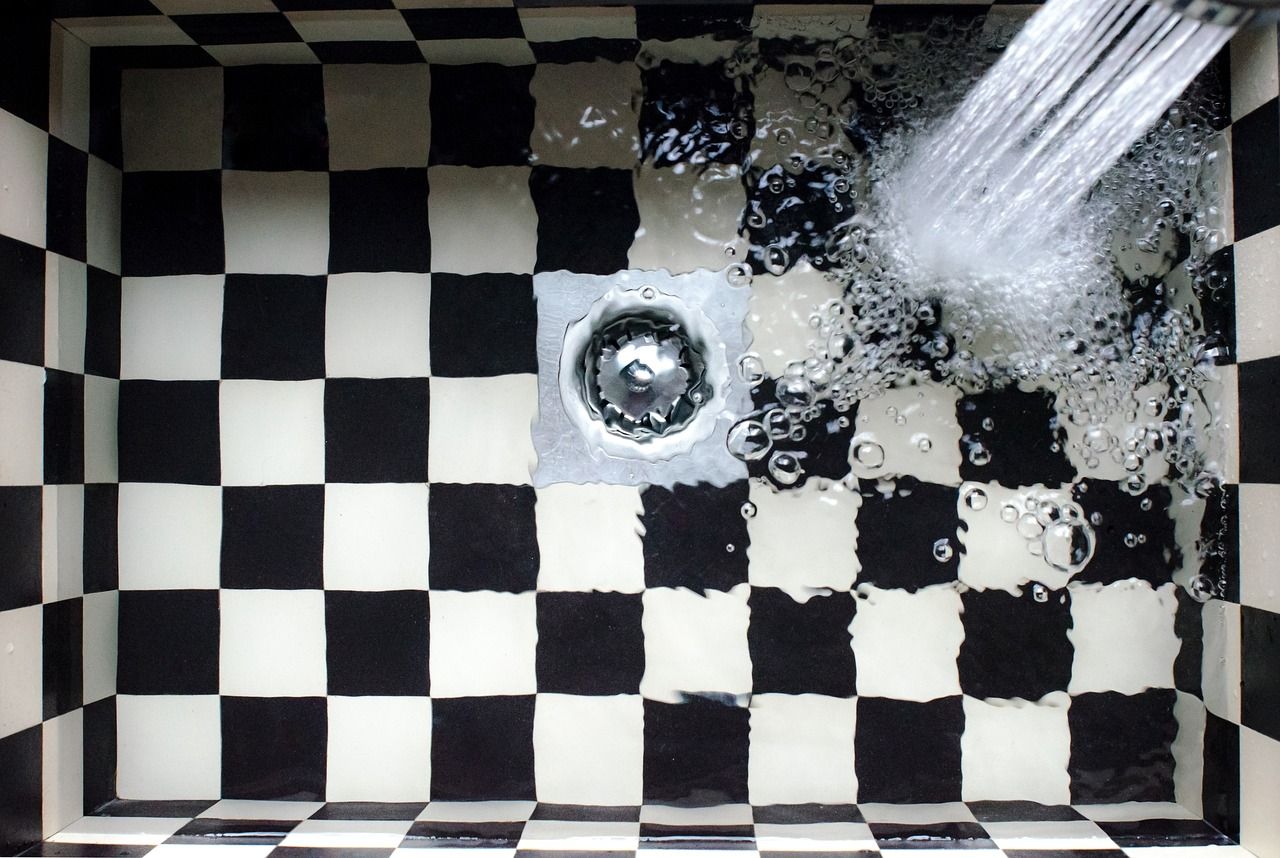Did you know you could determine the water temperature using... your hearing?
Published by Cédric,
Article author: Cédric DEPOND
Source: Frontiers in Psychology
Other Languages: FR, DE, ES, PT
Article author: Cédric DEPOND
Source: Frontiers in Psychology
Other Languages: FR, DE, ES, PT
Follow us on Google News (click on ☆)
Researchers from the Ivcher Institute for Brain, Cognition and Technology, affiliated with Reichman University (IDC Herzliya), have demonstrated that humans have an unrecognized ability: they can detect the temperature of water simply by listening to the sound it makes when poured. This discovery, derived from work on multisensory perception, reveals an unexpected potential for better understanding the interactions between our senses.

Illustrative image by Pixabay
The researchers investigated whether this perception occurs consciously. To do so, they utilized principles of multisensory integration, which refers to how the brain combines information from different senses to create a coherent perception of the environment. To test this hypothesis, they employed a pre-trained deep neural network (DNN) and a support vector machine algorithm to analyze sound recordings of water at various temperatures.
The results are surprising. Participants, without full awareness, were able to distinguish the temperature of the water merely by the sound it produced. Dr. Adi Snir, a postdoctoral researcher and co-author of the study, explains that this ability is likely acquired over time through repeated exposure to auditory cues. The study also showed that the machine learning model used by the researchers could accurately classify the recorded sounds, supporting this implicit perceptual ability.
This research highlights the ability of humans to learn complex sensory correspondences from daily experiences. Professor Amir Amedi, founding director of the BCT Institute, emphasizes the importance of these discoveries. He wonders if this type of learning could lead to the formation of new sensory maps in the brain, comparable to those we use for vision, touch, and hearing.
This study also opens up possibilities for the development of new sensory technologies. For example, by combining these methods with brain stimulation technologies, it might eventually be possible to create augmented human capabilities, akin to those envisioned by Elon Musk with Neuralink.